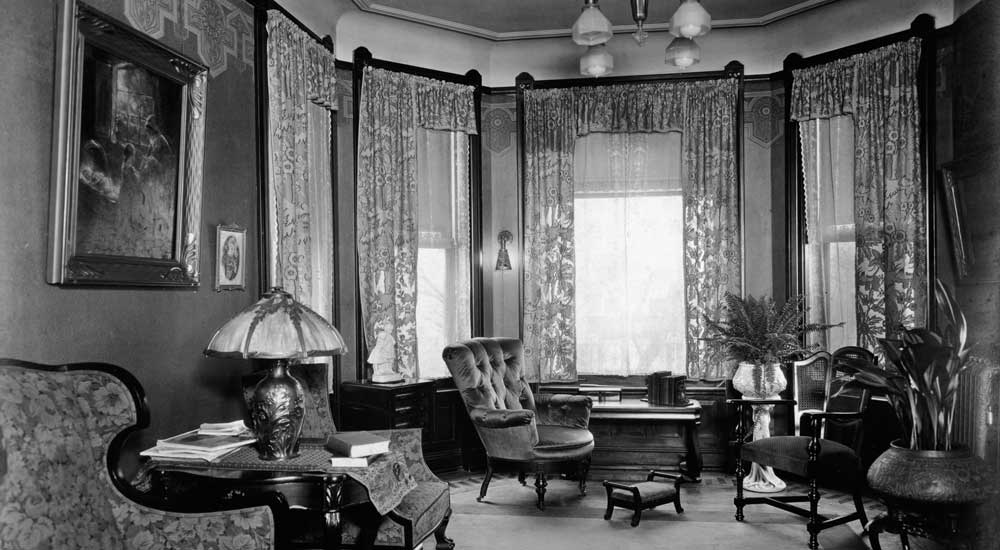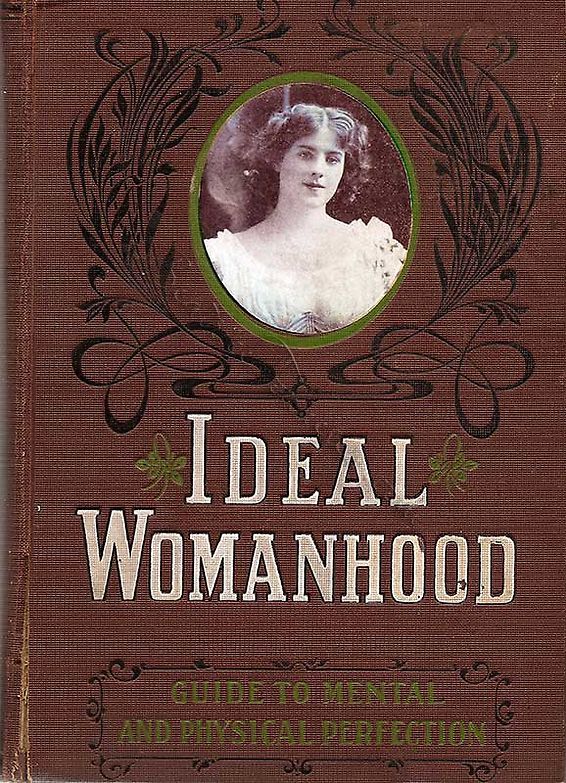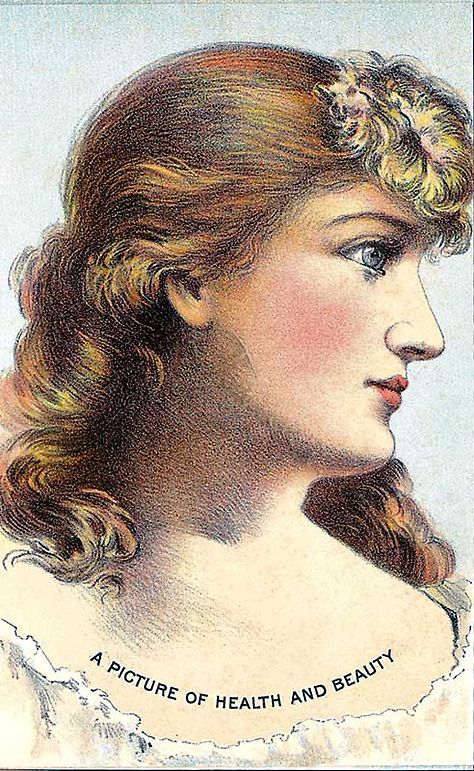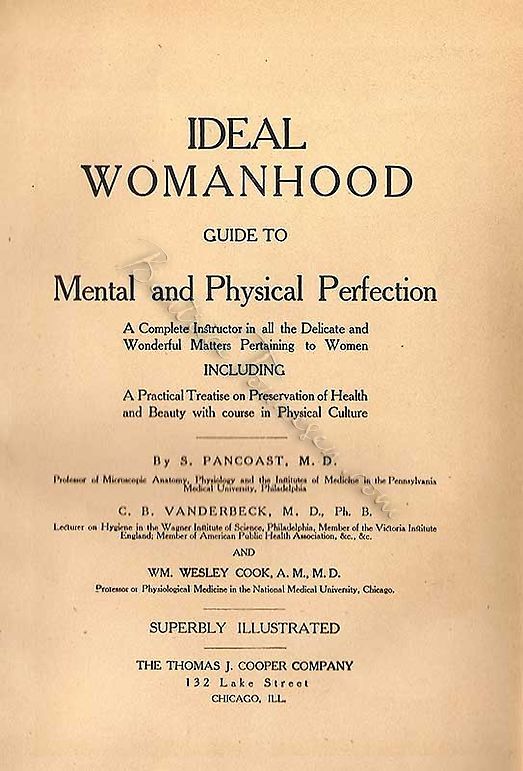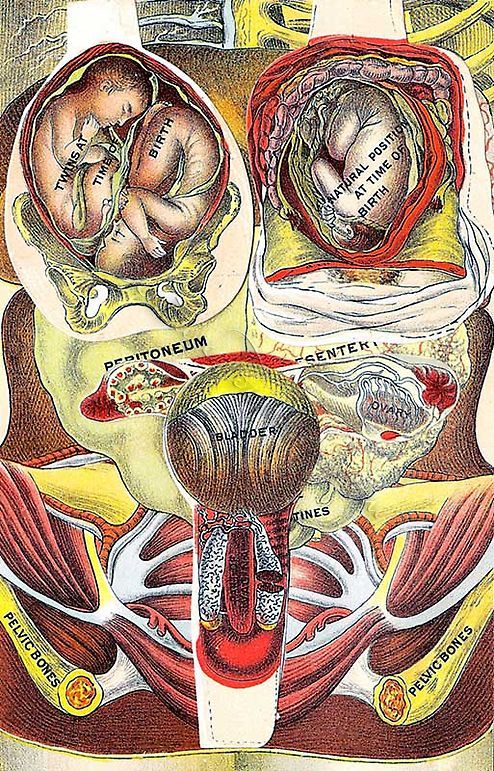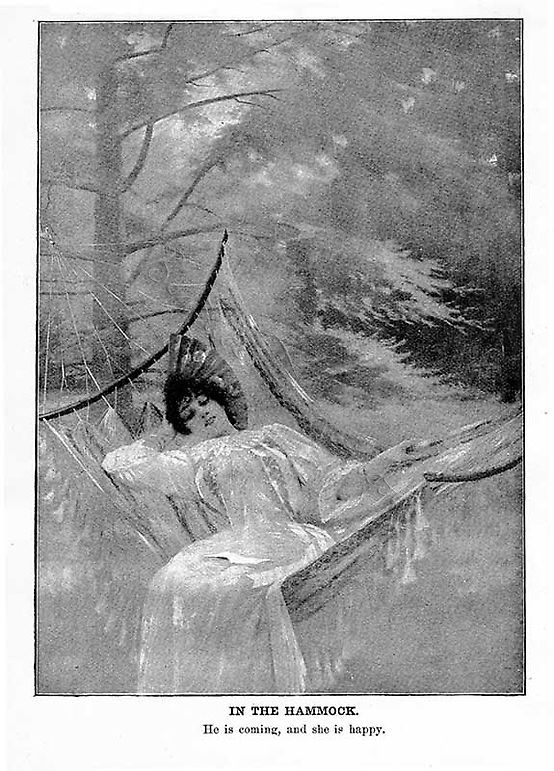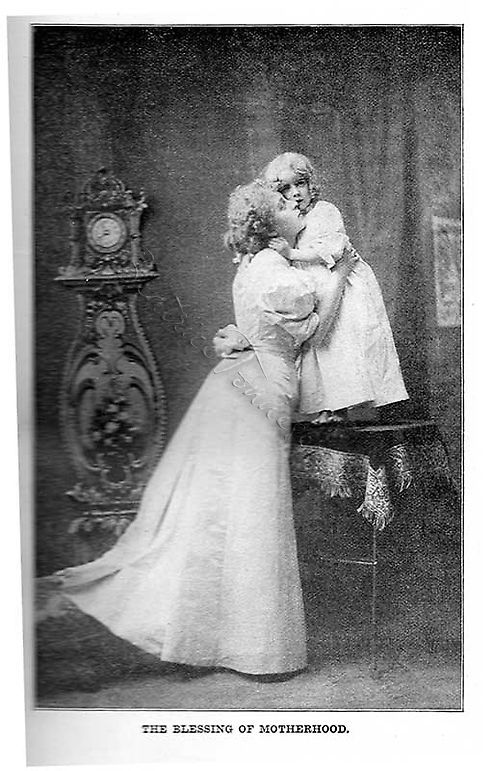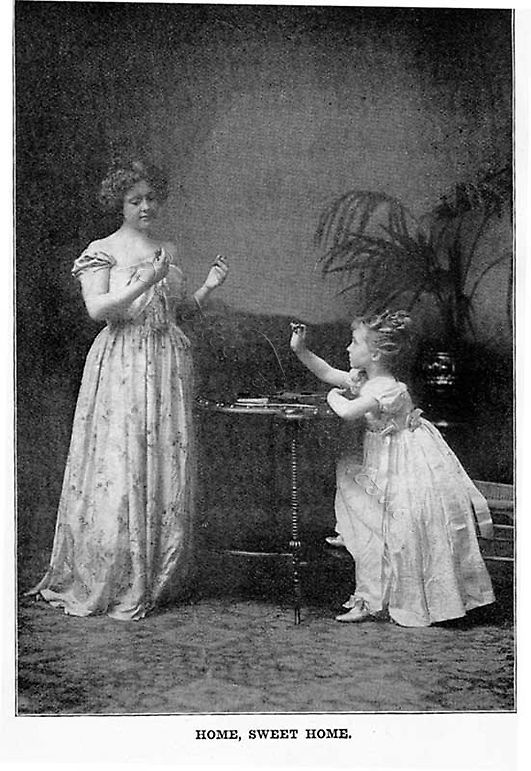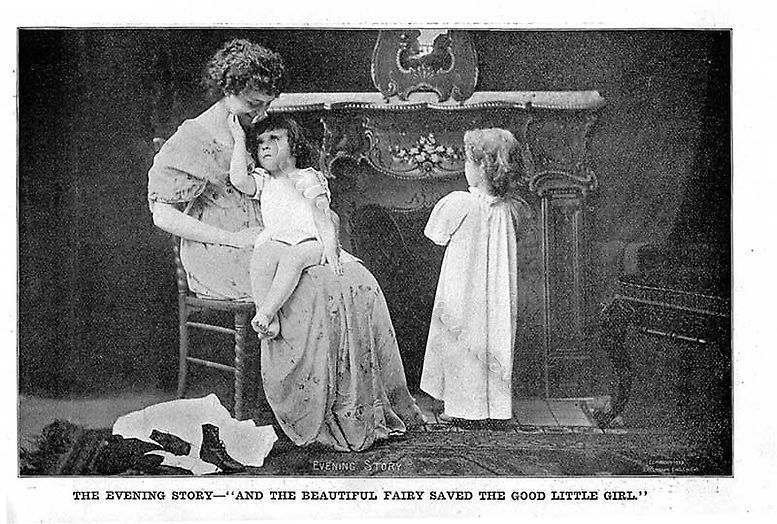Beatrice Tonnesen’s touching images of family life seem to have been published everywhere in the early days of the twentieth century. We’ve found them in print ads, in newspaper art supplements, on calendars and those old cardboard “church” fans, as well as in fancy frames. Now we can add self-help books to the list of Tonnesen venues.
It must have been hard to be a woman in the early 1900’s, as the world emerged from the Victorian era. But, it seems, a wealth of professional advice was available on the nation’s bookshelves. I have a small collection of vintage “women’s books”, which I gathered because I enjoyed reading their now laughable advice to women on beauty, manners, courtship, marriage, hygiene, health, childcare, romance, sex and more. One of these is Ideal Womanhood, Guide to Mental and Physical Perfection, by S. Pancoast, MD, Copyright 1901 and 1905 by Thompson & Thomas.
In a work that veers between the romantic idealization of women’s lives and the scholarly presentation of the medical wisdom of the day, Tonnesen was, of course, a perfect choice to illustrate the former. And so, we have Tonnesen’s “Evening Story”- a tender photo of an ideal mother telling her ideal children a bedtime story- sharing a double-page spread with an illustration of an ovum arriving in the fallopian tube!
How much aid and comfort was given the reader of 1901, eagerly aspiring to “ideal womanhood”, is certainly questionable. There’s a chapter optimistically titled “Painless Childbirth,” in which the reader is matter-of-factly advised to “render (herself) happily oblivious of all (her) surroundings and worriments,” reasoning that “an uncontrollable mind means pain and delay.” And then, there’s the chapter titled “Extra-Uterine Pregnancy,” in which Dr. Pancoast first warns that its “cause has been attributed to fright during the sexual congress,” then quickly assures us that the theory is not currently in vogue and, anyway, the problem occurs “mostly in the unmarried, or those of irregular habits and immoral character.”
The book is full of such thought-provoking advisories, but as this is a blog about art, I’ll get to the visuals. The slideshow at right shows the three photos by Tonnesen that are included in the book. But, just for fun, I’ve added some other highlights that help demonstrate the flavor of the publication as a whole. In order, the images are:
1. The book’s cover, photographer unknown; 2. “A Picture of Health and Beauty,” artist unknown; 3. Cover page; 4. Color anatomical illustration showing fetal twins. Conveniently, the bladder and the ovaries can be lifted to reveal the small intestines and other structures; 5. “In the Hammock,” artist unknown, complete with come-hither caption; 6. Tonnesen’s “The Blessing of Motherhood”; 7. Tonnesen’s “Home Sweet Home”; 8. Tonnesen’s “The Evening Story.” Though Tonnesen’s photos, like most of the others in the book, are not signed or attributed, they can be identified by the furnishings Tonnesen used.
I have another book in my collection that was written for women about the same time as this one. It is titled Vivilore, by Mary Ries Melendy, MD, PhD., and can be read online. Among its 200 illustrations are a number of beautiful prints by J. Ross Bryson, a Tonnesen contemporary, as well as a couple of color images that I suspect, but can’t quite prove, were done by Tonnesen. I’m sure there are more of these wonderful books out there and they, too, may be rich sources of beautiful vintage art. If you have any of them, we’d love to know about any treasures you might find.
Notes: 1. Beatrice Tonnesen owned an original painting by J. Ross Bryson. It can be found elsewhere on this site by using the search button in the left column. 2. Thanks to Enchantment Ink, publisher of Belles of Yesteryear: A Collector’s Guide to J. Ross Bryson, which first drew my attention to the Bryson prints in Vivilore.
Copyright 2011 Lois Emerson
